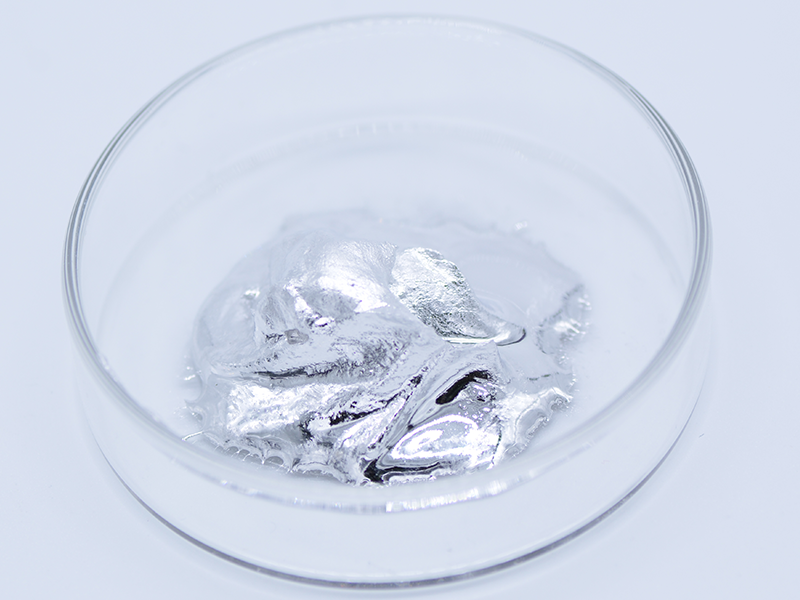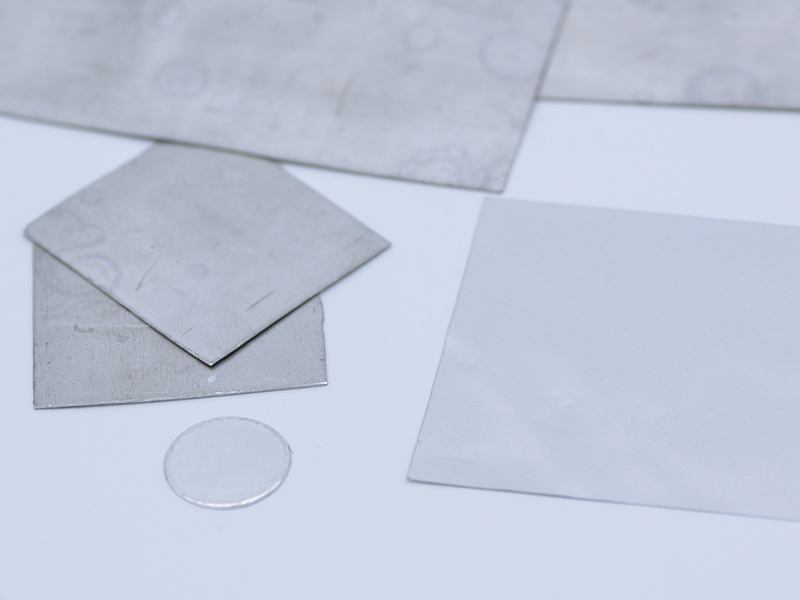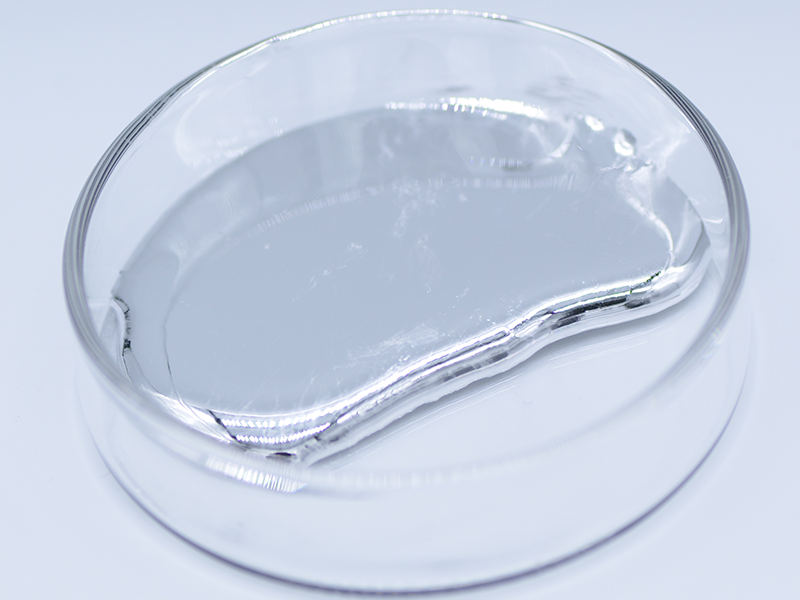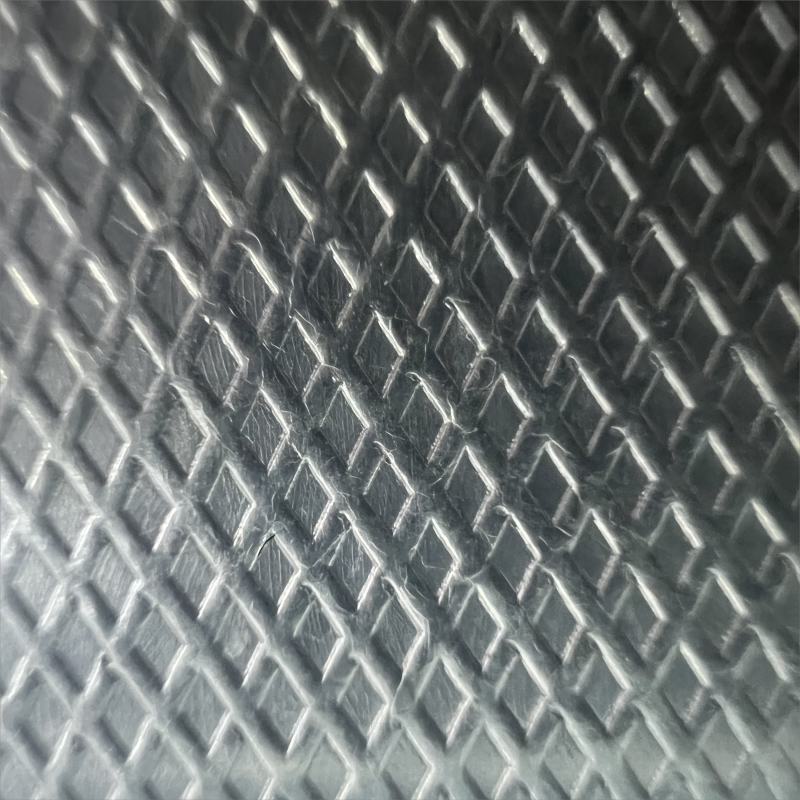Significant manufacturing cost reductions can be realized with lower-temperature surface mount processing by increasing yields and using less expensive components and boards. A lower-melting-point solder alloy (nominal composition Sn-41.75Pb-8Bi-0.5Ag) has been developed that enables significant reductions in peak reflow temperatures during surface-mount assembly.
The solder alloy is compatible with standard Pb-Sn surface finishes, melts within the temperature range of ~166-172°C, and has promising mechanical properties.

After establishing an optimum ternary composition of Sn-42Pb-8Bi, quaternary additions were examined for additional beneficial effects on the melting character of the alloy. Silver additions were the most beneficial—peak thermal and mechanical benefits were obtained at ~0.5%Ag content. The solidus temperature of this alloy is ~166°C, the primary liquid temperature is ~172°C, and there is a very small (approximately 2-3%) residual amount of lead-rich solids that do not completely melt until 178°C. This melting character suggests that it may be feasible to lower peak reflow temperatures in surface mount assembly processes by as much as 10-15°C using the silver-doped alloy. Compositional fluctuations of silver below 0.2% are not effective in providing melting point depressions and silver contents in excess of 0.8% begin to form phases with melting points well beyond that of eutectic 63Sn-37Pb.
Experiments with fully populated boards having greater local thermal
masses are in progress to determine the lowest peak reflow temperatures for
given applications. However, it does seem quite clear that surface mount
soldering with a Sn-41.75Pb-8Bi-0.5Ag solder paste can be done at temperatures
significantly lower than those currently in use in order to relieve many yield
problems associated with moisture and temperature sensitivity in surface mount
assembly.







